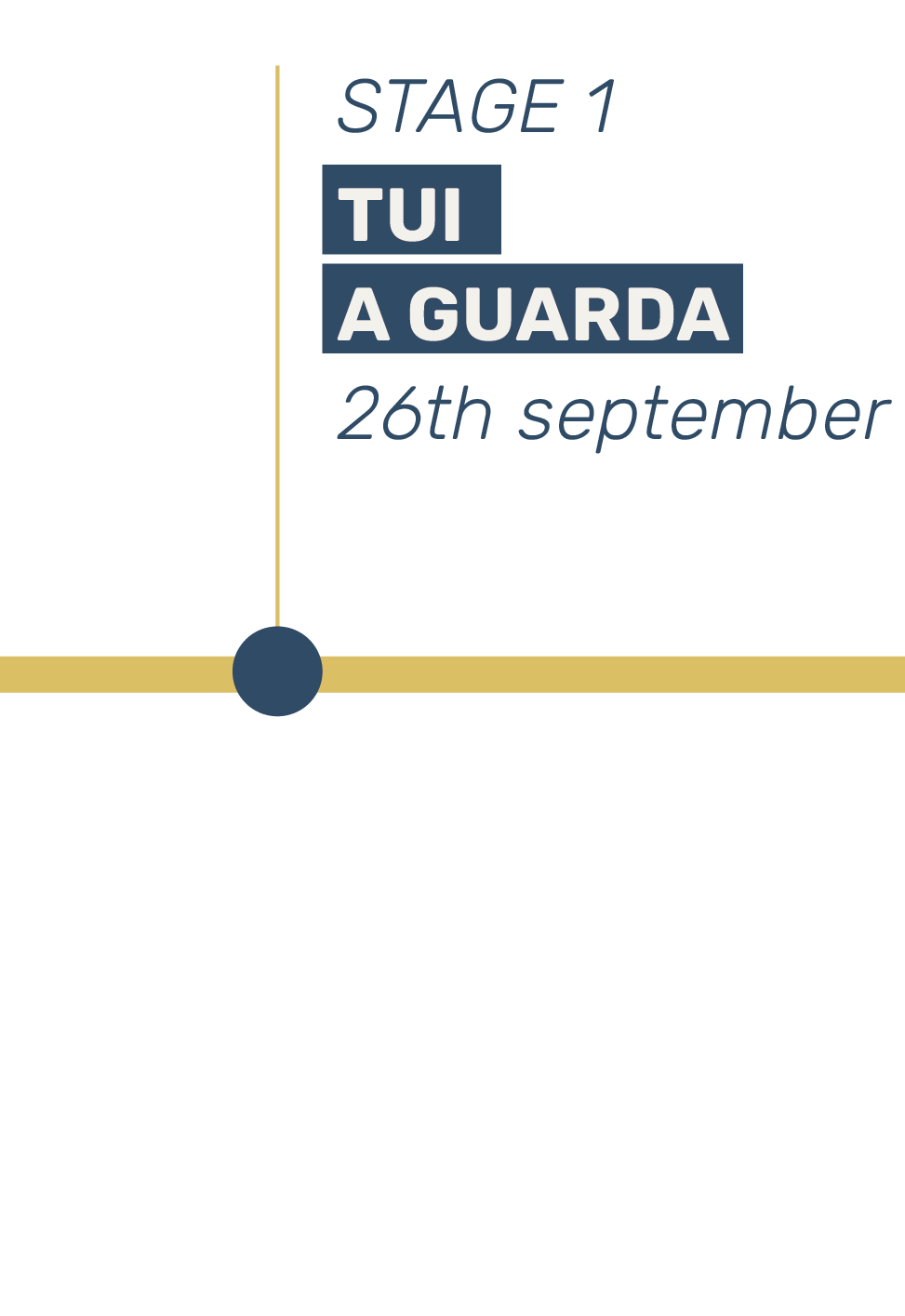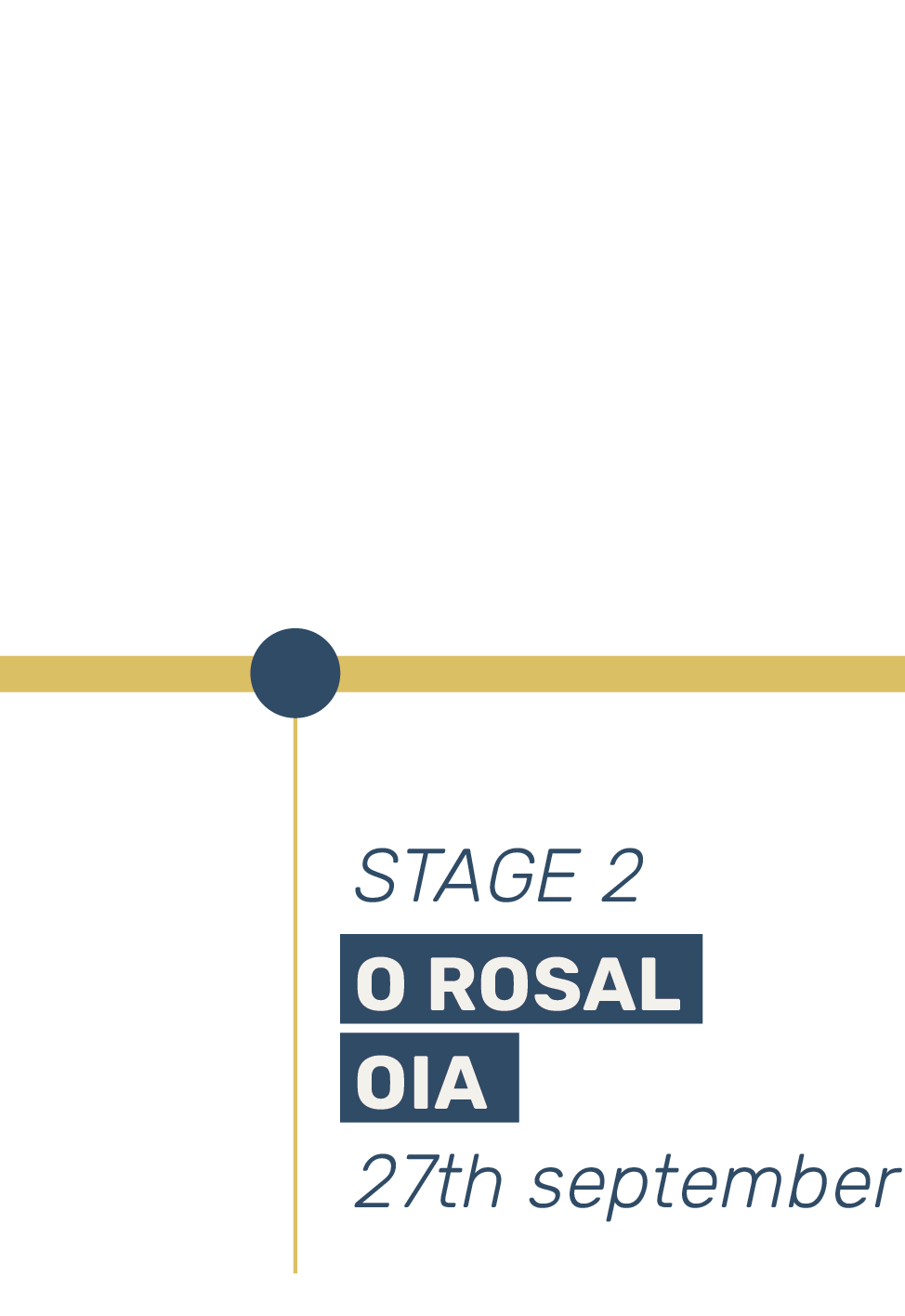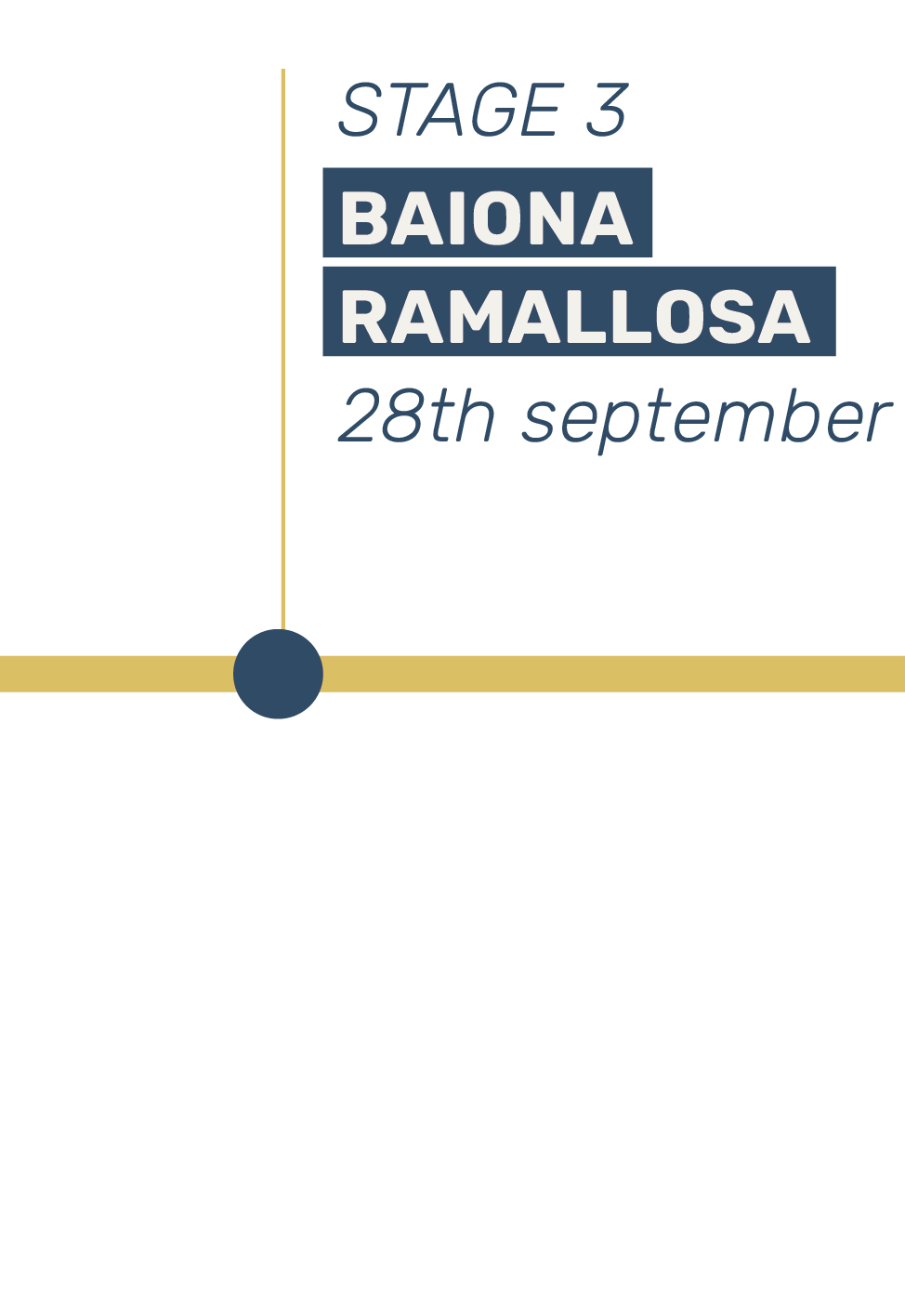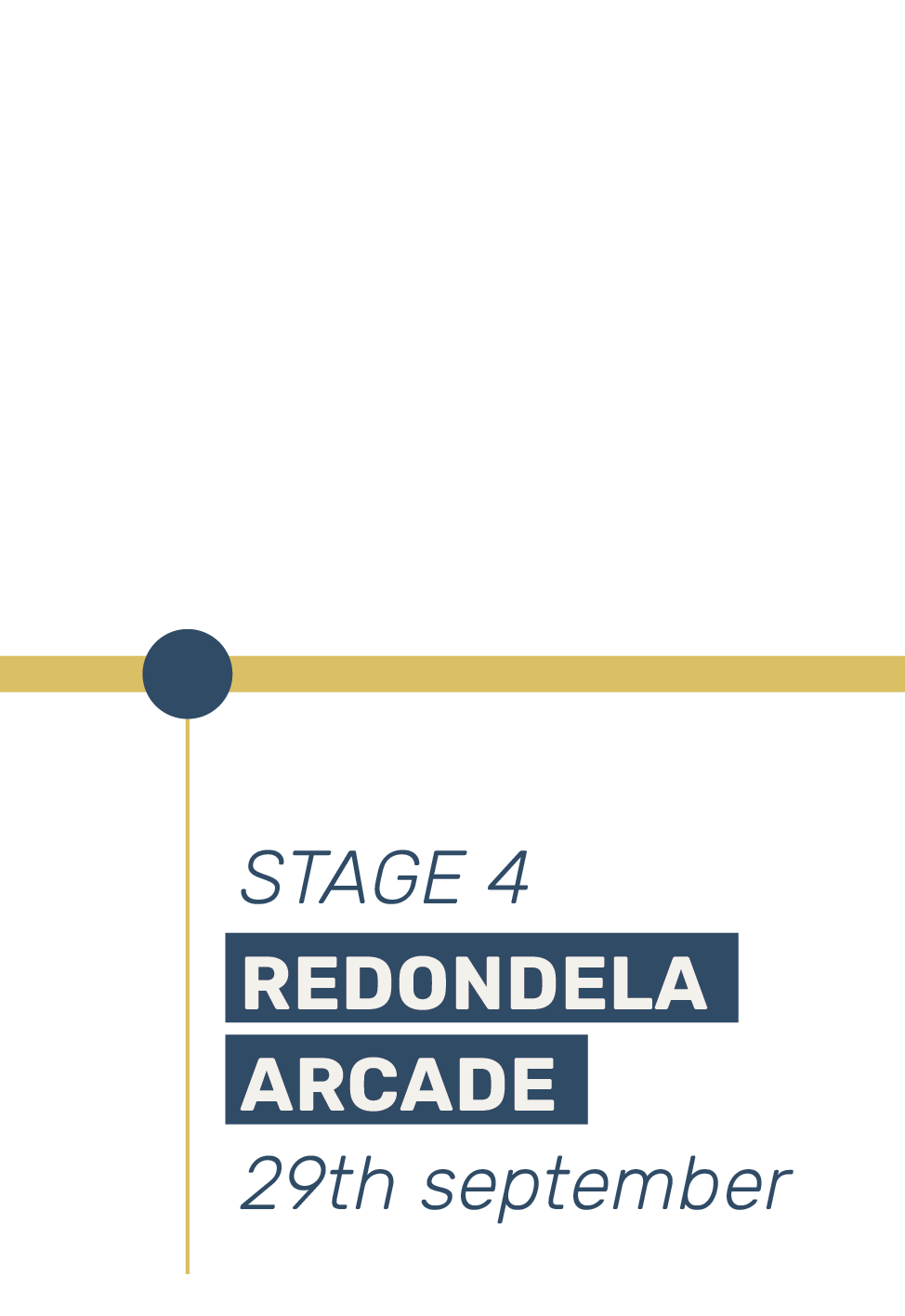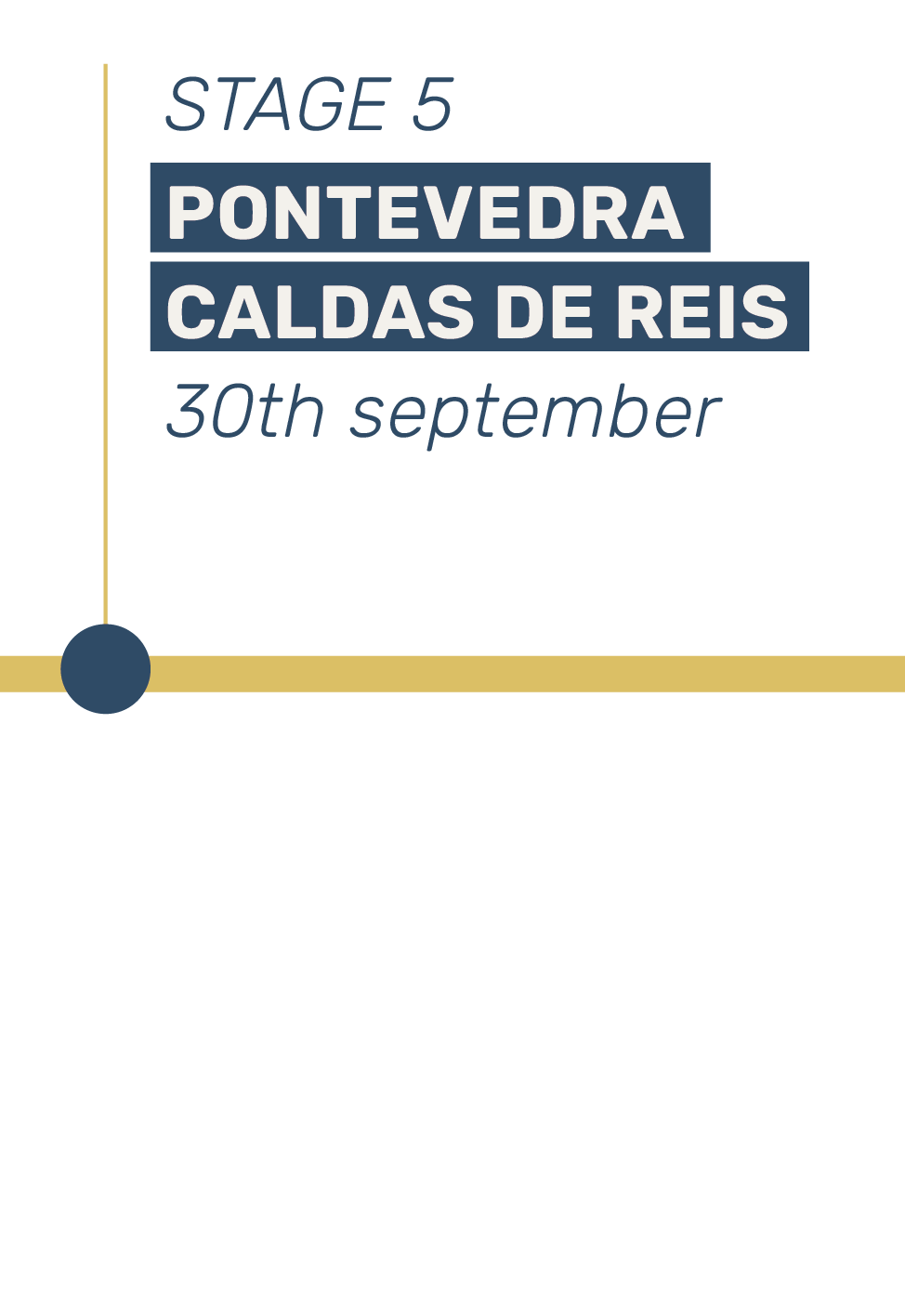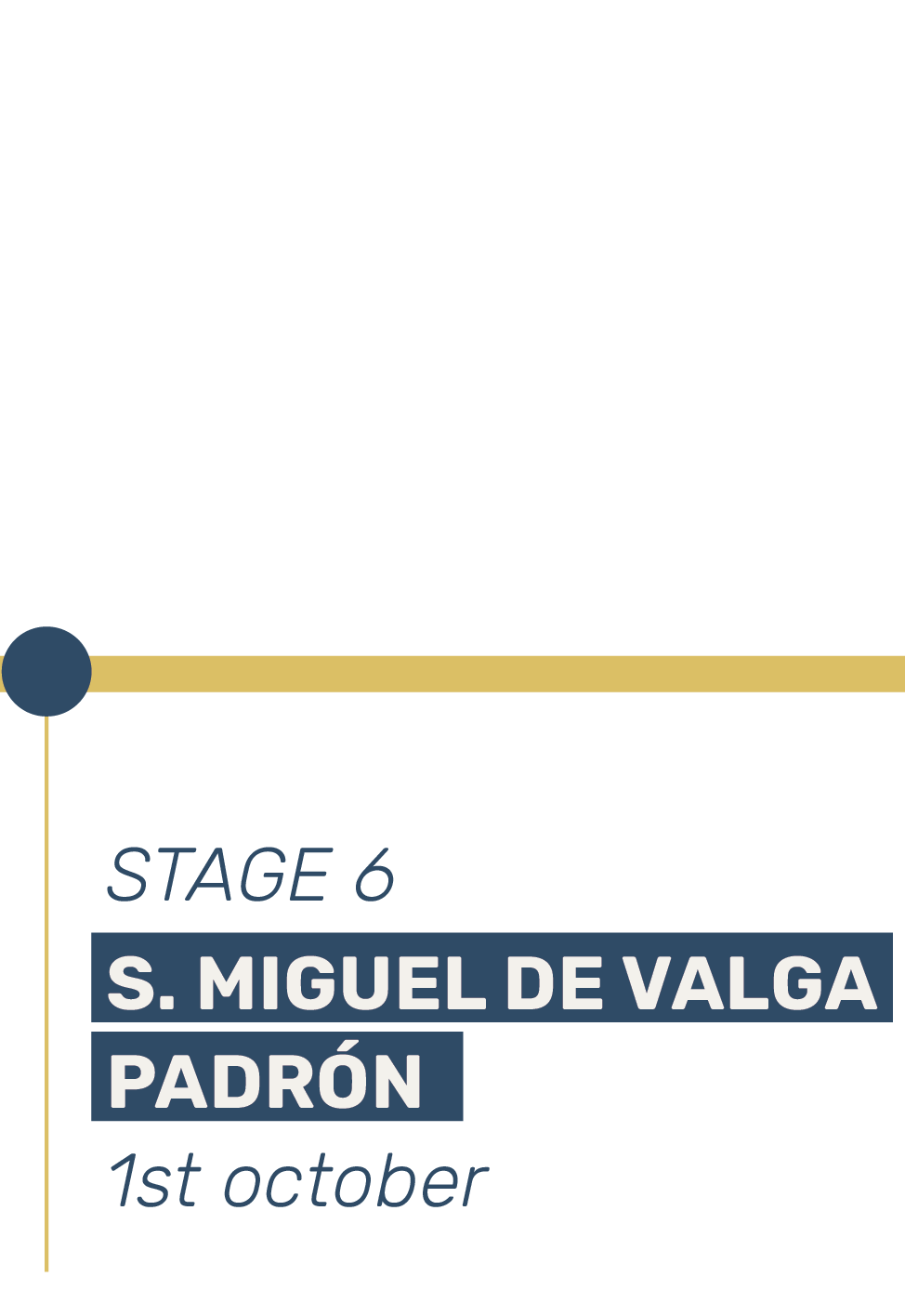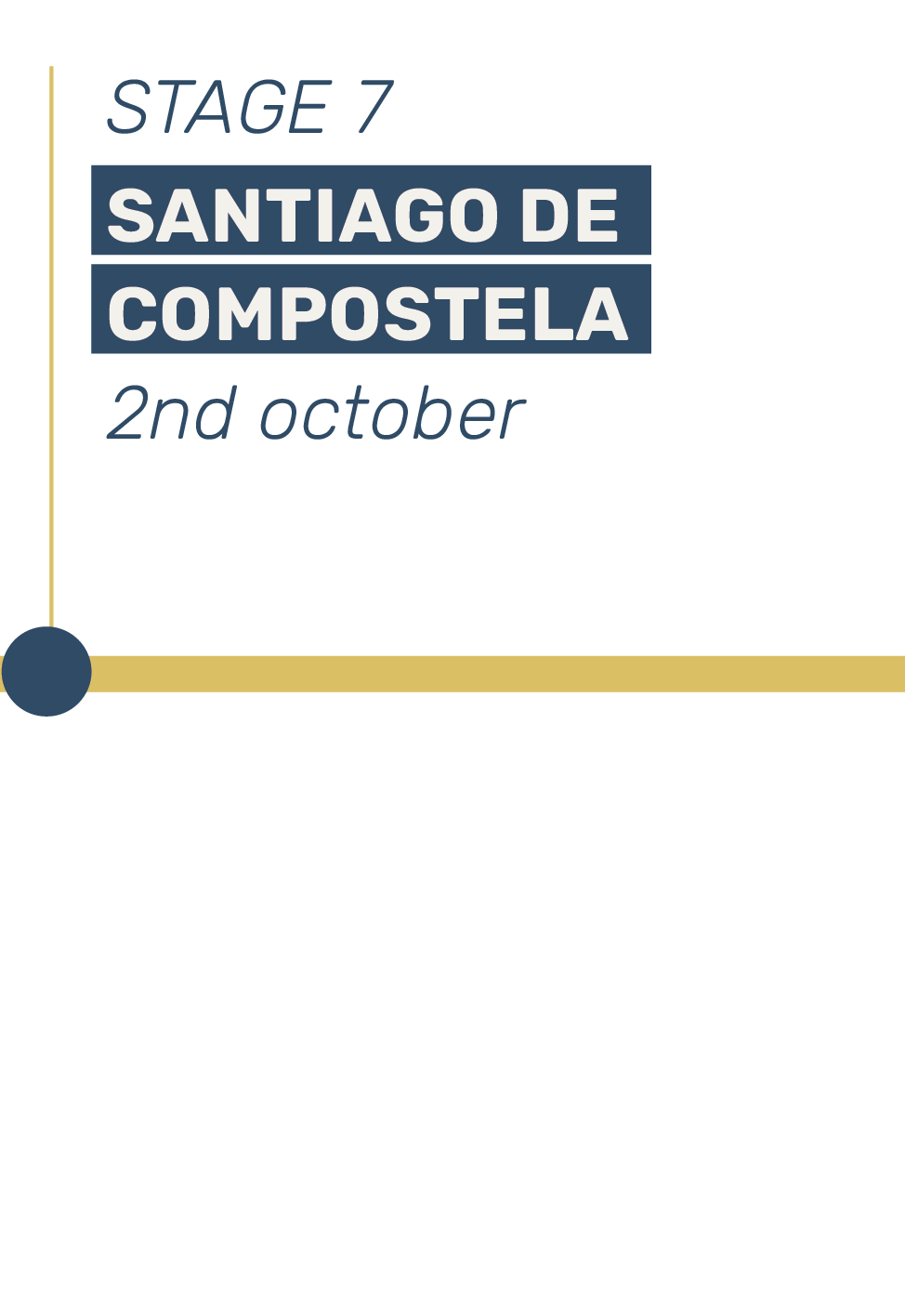Descripción del proyecto

Cockles belong to the family Cardidae. They live buried in coastal areas and bays. They are easily recognisable by their oval, heart-shaped shell.
Although they are found in many seas around the world, fresh cockles are abundant and stand out for their quality in Galicia.
It stands out for…
- High protein content
- High content of Omega 3 fatty acids (EPA and DHA)
- High content of vitamin B12 and minerals such as iron and selenium
- Source of vitamin B3
- Source of calcium, potassium and iodine
- Low in saturated fats.

Cockles belong to the family Cardidae. They live buried in coastal areas and bays. They are easily recognisable by their oval, heart-shaped shell.
Although they are found in many seas around the world, fresh cockles are abundant and stand out for their quality in Galicia.
It stands out for…
- High protein content
- High content of Omega 3 fatty acids (EPA and DHA)
- High content of vitamin B12 and minerals such as iron and selenium
- Source of vitamin B3
- Source of calcium, potassium and iodine
- Low in saturated fats.

Ingredients
- 1 tin of cockles in their natural state
- 1 cabbage leaf
- Red onion
- Lime
- Cilantro
- Avocado
- Canned corn
How to prepare
1. Wash the cabbage leaf
2. Drain the cockles and in a bowl, dress them (like a ceviche) with the onion, corn and lime.
3. Place the avocado at the base of the lettuce, then the dressed cockles and top with a few leaves of freshly plucked coriander.
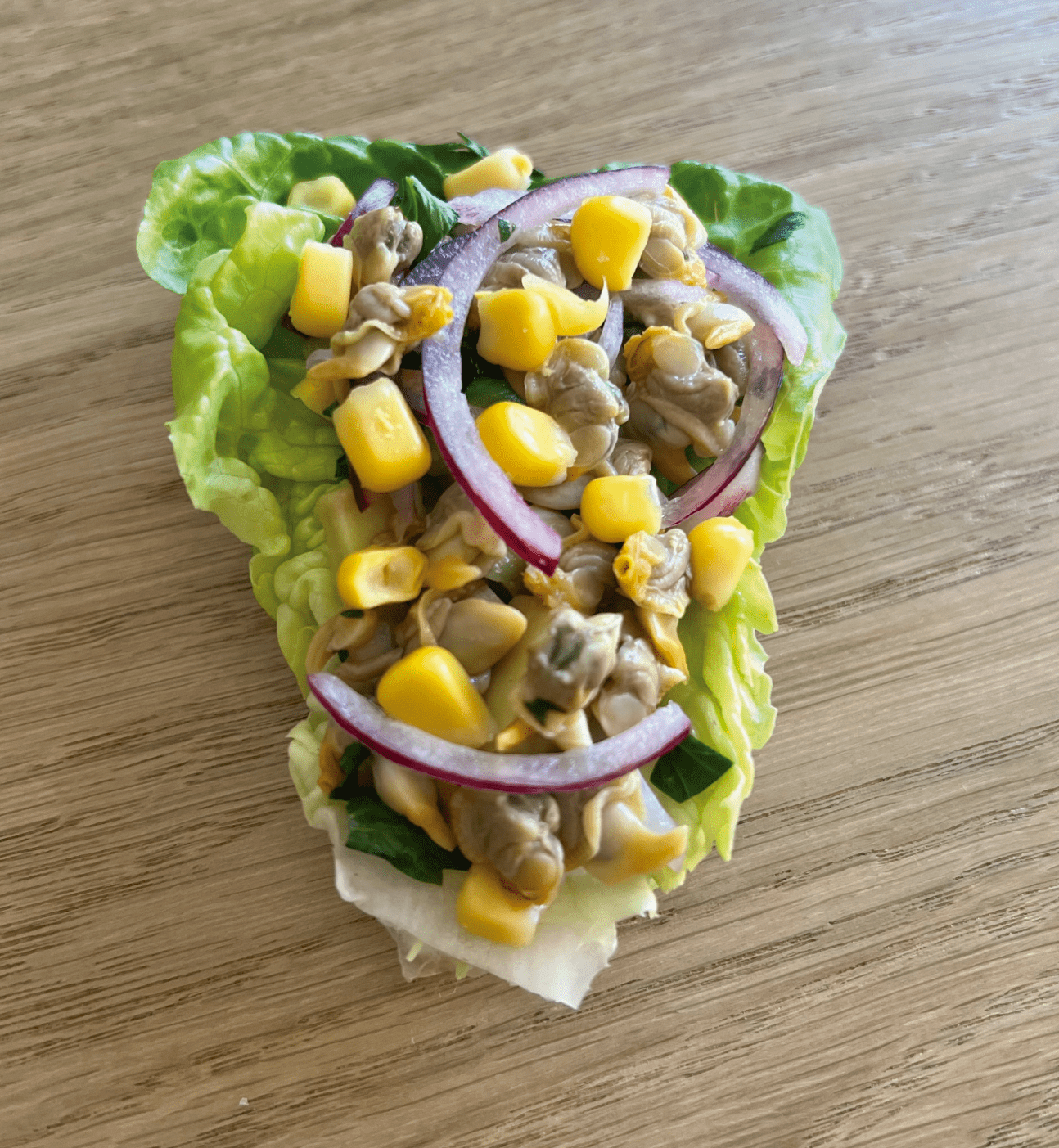

Ingredients
- 1 tin of cockles in their natural state
- 1 cabbage leaf
- Red onion
- Lime
- Cilantro
- Avocado
- Canned corn
How to prepare
1. Wash the cabbage leaf
2. Drain the cockles and in a bowl, dress them (like a ceviche) with the onion, corn and lime.
3. Place the avocado at the base of the lettuce, then the dressed cockles and top with a few leaves of freshly plucked coriander.
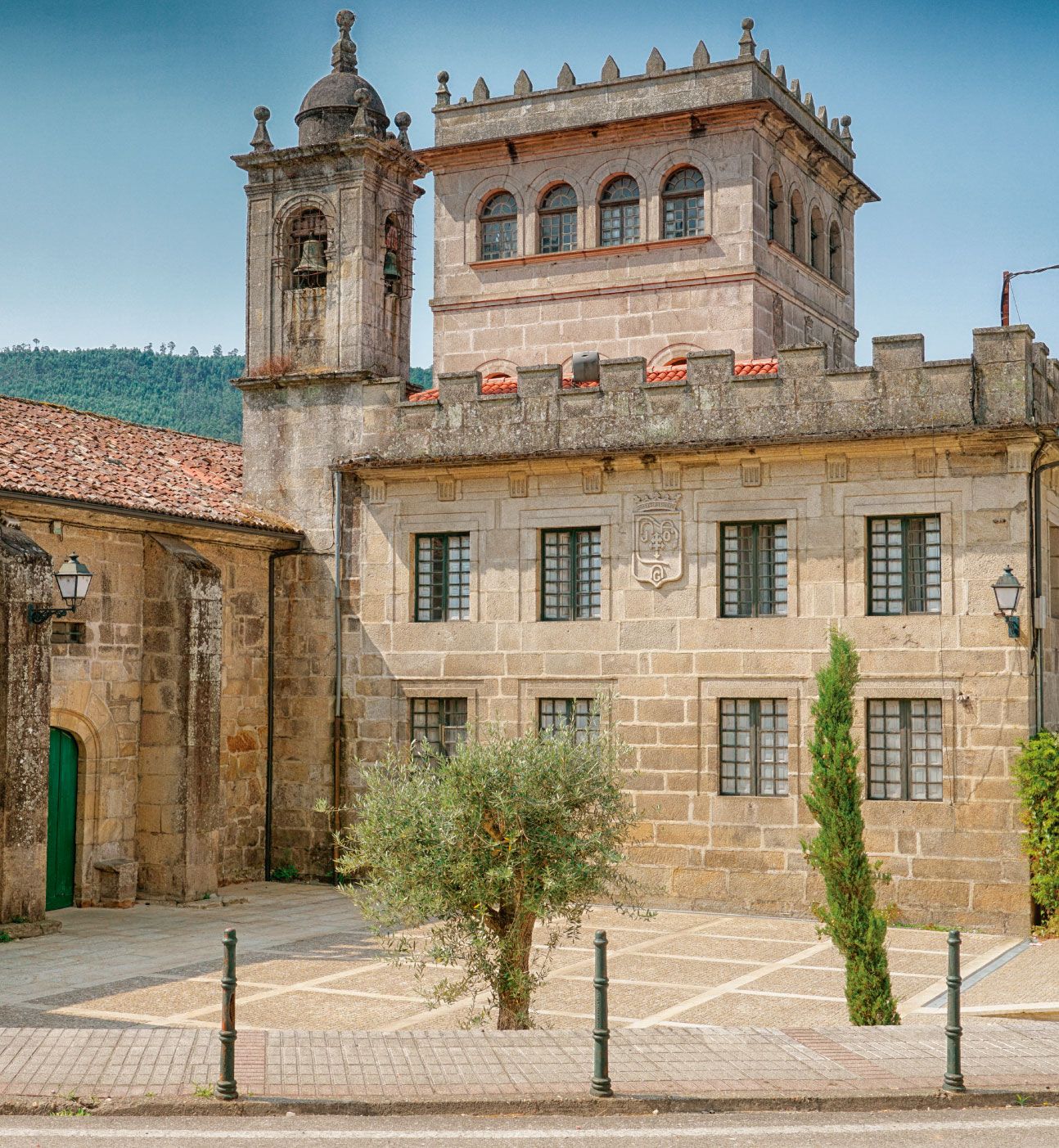

The constructions in this municipality of Pontevedra, with more than 30,000 inhabitants, have changed the landscape and a large number of viaducts have been declared historical-artistic monuments. It is a municipality that, as a good coastal town, offers visitors a gastronomy rich in seafood and fish, where the different routes that come from Portugal converge.
If you are going to do the Way of St. James in summer, a good option is to let your feet rest on the sand of the nearby beach of Cesantes. It is a semi-urban beach connected by bus during the summer season and has a promenade and multiple services. It is more than two kilometres long and has large green areas. If you can make your trip to coincide with the month of May you will discover that this is the ideal season to visit this municipality.
Pilgrims who travel the Portuguese Way will arrive in Redondela. Just 18 kilometres away are those that separate Redondela from Pontevedra, the third stage of the Portuguese Way.
3 things to see in Redondela
1. Museo Mayor: If you are interested in history, in this museum you will learn about the battle of Rande. In 1702, the Spanish and the French clashed in the Strait of Rande with the English and Dutch fleets.
2. Rande ore loading dock: This is a gigantic structure in ruins in the middle of the Vigo estuary. It dates from the middle of the last century, when it was used to load ore from the trains and transfer it to the ships in charge of taking it to them.
3. Castelo de Rande: Under the bridge of Rande, next to the pillars, are hidden some ruins full of history and forgotten over the years. These ruins are the remains of the old fortress of Rande, which played an essential role during the famous battle of Rande.

The constructions in this municipality of Pontevedra, with more than 30,000 inhabitants, have changed the landscape and a large number of viaducts have been declared historical-artistic monuments. It is a municipality that, as a good coastal town, offers visitors a gastronomy rich in seafood and fish, where the different routes that come from Portugal converge.
If you are going to do the Way of St. James in summer, a good option is to let your feet rest on the sand of the nearby beach of Cesantes. It is a semi-urban beach connected by bus during the summer season and has a promenade and multiple services. It is more than two kilometres long and has large green areas. If you can make your trip to coincide with the month of May you will discover that this is the ideal season to visit this municipality.
Pilgrims who travel the Portuguese Way will arrive in Redondela. Just 18 kilometres away are those that separate Redondela from Pontevedra, the third stage of the Portuguese Way.
3 things to see in Redondela
1. Museo Mayor: If you are interested in history, in this museum you will learn about the battle of Rande. In 1702, the Spanish and the French clashed in the Strait of Rande with the English and Dutch fleets.
2. Rande ore loading dock: This is a gigantic structure in ruins in the middle of the Vigo estuary. It dates from the middle of the last century, when it was used to load ore from the trains and transfer it to the ships in charge of taking it to them.
3. Castelo de Rande: Under the bridge of Rande, next to the pillars, are hidden some ruins full of history and forgotten over the years. These ruins are the remains of the old fortress of Rande, which played an essential role during the famous battle of Rande.

Santiago de Arcade is a parish located in the municipality of Soutomaior, province of Pontevedra.
The construction of its famous church dates back to the end of the 12th century, beginning of the 13th century. But a series of unfortunate alterations have ruined practically all the original Romanesque elements.
The road continues along the coast and, after a few kilometres where there are no vines or grapevines, the grapes once again make their presence felt at the bottom of the Vigo estuary, in the area of Arcade. This is a town on the left bank of the Verdugo River and famous for its delicious oysters.
3 things to see in Arcade
1. Pontesampaio Medieval Bridge: Although the origin of the construction is Roman, it does not preserve elements from that period. The current structure dates back to the Middle Ages, where the famous battle of Ponte Sampaio was fought against the French in 1809.
2. Castelo de Soutomaior: This architectural complex, half medieval fortress, half 19th century neo-Gothic palace, is made up of two towers joined by a residential building and a parade ground, surrounded by a double wall. It was conceived as a fortified military and defensive building until the 15th century.
3. Cesantes Beach: Also known as Playa de la Punta, this is a long beach almost two and a half kilometres long and a width that varies depending on the tide. There is an area where you can go with your dog without any rules preventing you from doing so. This dog area is located just in front of San Simón Island, to the left of the Vigo estuary.
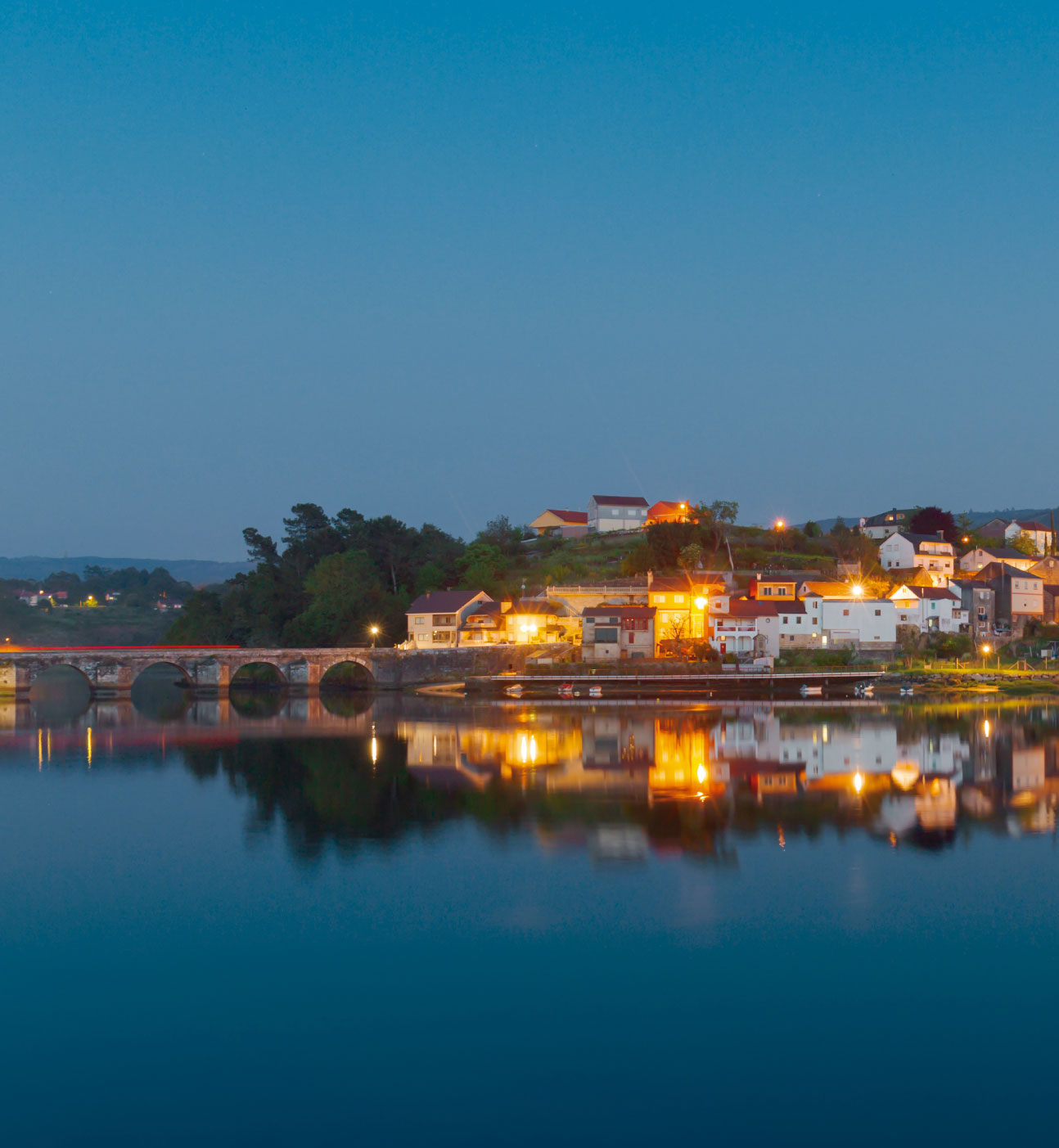

Santiago de Arcade is a parish located in the municipality of Soutomaior, province of Pontevedra.
The construction of its famous church dates back to the end of the 12th century, beginning of the 13th century. But a series of unfortunate alterations have ruined practically all the original Romanesque elements.
The road continues along the coast and, after a few kilometres where there are no vines or grapevines, the grapes once again make their presence felt at the bottom of the Vigo estuary, in the area of Arcade. This is a town on the left bank of the Verdugo River and famous for its delicious oysters.
3 things to see in Arcade
1. Pontesampaio Medieval Bridge: Although the origin of the construction is Roman, it does not preserve elements from that period. The current structure dates back to the Middle Ages, where the famous battle of Ponte Sampaio was fought against the French in 1809.
2. Castelo de Soutomaior: This architectural complex, half medieval fortress, half 19th century neo-Gothic palace, is made up of two towers joined by a residential building and a parade ground, surrounded by a double wall. It was conceived as a fortified military and defensive building until the 15th century.
3. Cesantes Beach: Also known as Playa de la Punta, this is a long beach almost two and a half kilometres long and a width that varies depending on the tide. There is an area where you can go with your dog without any rules preventing you from doing so. This dog area is located just in front of San Simón Island, to the left of the Vigo estuary.



